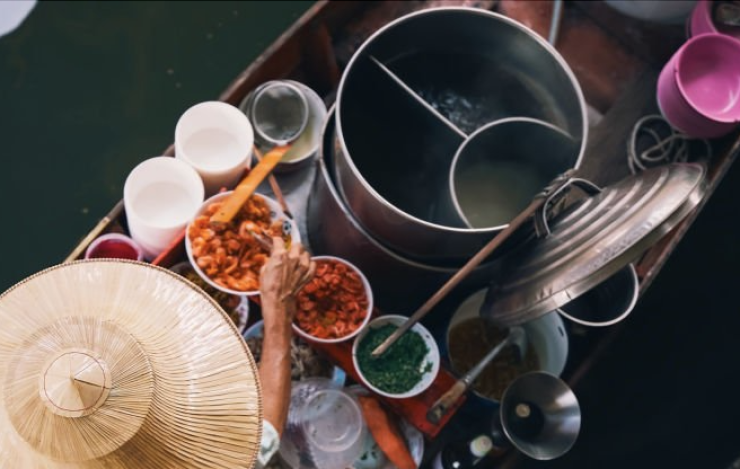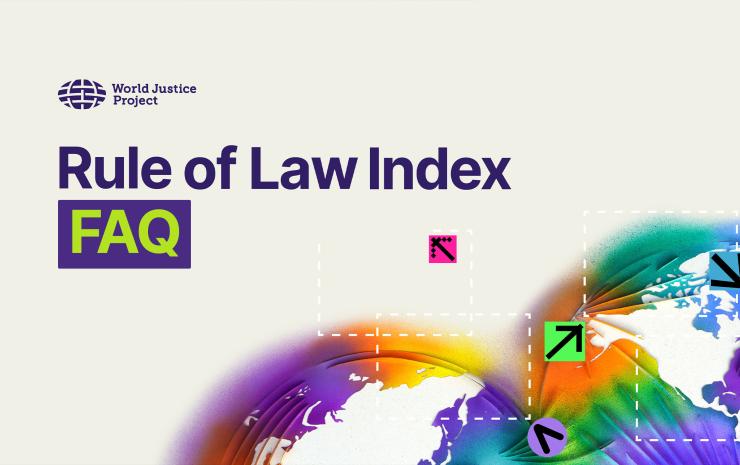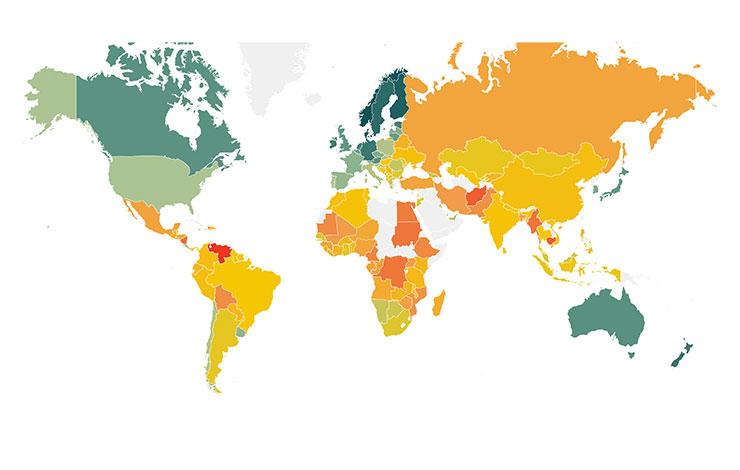
KOLKATA, 24 JUNE: Suicide death rates in India are among the highest in the world and suicide is the cause of about twice as many deaths in the country as is HIV/AIDS, and about the same number as maternal causes of death in young women, according to a study published recently in the medical journal, The Lancet.
The study, however, quells the fear that farmers in India are more prone to suicide. The study states: “Although most suicide deaths occur in rural areas, the findings do not suggest that suicide is any more prevalent in agricultural workers (including farmers) than it is in any other profession.” According to the study, suicide deaths among unemployed individuals and individuals in professions other than agricultural work were, collectively, about three times greater than they were in agricultural workers.
The World Health Organisation estimates that about 1,70,000 deaths by suicide occur in India every year, but few epidemiological studies of suicide have been done in the country. The research is based on the first national survey of the causes of death, conducted in 2001-03, by the Registrar General of India.
However, this is not to refute the fact that a large number of India's farmers are in debt and despair, particularly after economic liberalisation. This phenomenon requires more rigorous research and nuanced analysis for effective policy interventions, the study clarifies.
The report refutes that socio-economic factors are responsible for the rise in the number of suicides. The rate of suicide in the richer southern states is about 10 times higher than in the poorer northern states. And a substantially higher number occurs among the “individuals with higher levels of education compared with those who have below primary education.”
About 60 per cent women and 40 per cent men who killed themselves belonged to the age group of 15-29 years. A 15-year-old individual in India had a cumulative risk of about 1·3 per cent of dying before the age of 80 years by suicide; men had a higher risk (1·7 per cent) than did women (1·0 per cent), with especially high risks in south India (3·5 per cent in men and 1·8 per cent in women). About half of suicide deaths were due to poisoning (mainly ingestions of pesticides).
The report notes the government of India relies on its National Crime Records Bureau (NCRB) for national estimates, and these report fewer suicide deaths (about 1,35, 000 suicide deaths in 2010) than is estimated by WHO. The WHO estimates that nearly 1,70,000 people die from suicide in India every year. The report questions the reliability of the NCRB data as they are based on police reports and suicide is still a crime in India, which might affect the veracity of reporting.
“Most Indians do not have community or support services for the prevention of suicide and have restricted access to care for mental illnesses associated with suicide, especially access to treatment for depression, which has been shown to reduce suicidal behaviour,” the report states.






